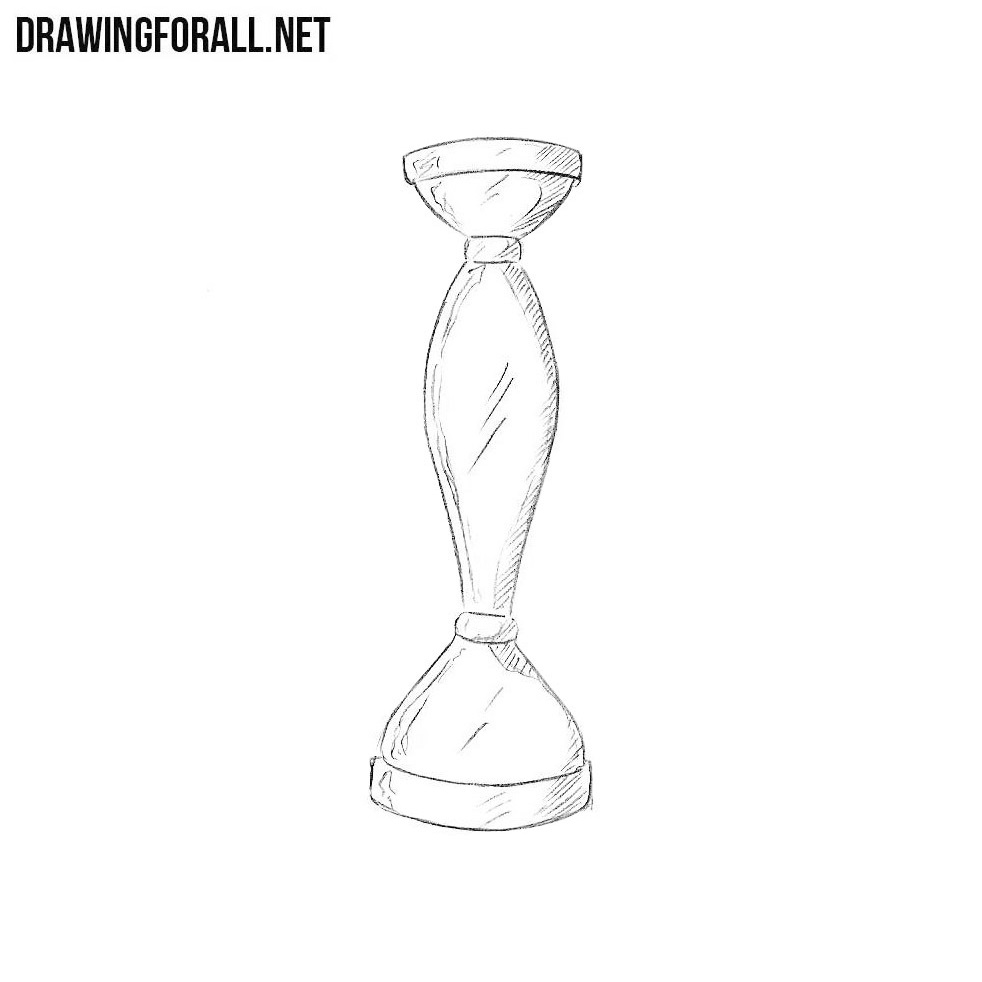Year 11 misadventures electron dot diagrams
Table of Contents
Table of Contents
Have you ever wondered how to draw an electron dot diagram? Well, wonder no more! Mastering the skill of drawing electron dot diagrams can be incredibly useful for understanding chemical bonds and reactions. In this post, we’ll cover everything you need to know about how to draw an electron dot diagram, so you can confidently tackle any chemistry problem that comes your way.
The Pain Points of Drawing Electron Dot Diagrams
For many students, drawing electron dot diagrams can be a daunting task. It requires a solid understanding of atomic structure and electron configurations, which can be challenging to grasp. Plus, with so many elements and their corresponding electron configurations to memorize, it’s easy to feel overwhelmed. But fear not! With a little practice and guidance, anyone can master the art of drawing electron dot diagrams.
How to Draw an Electron Dot Diagram
Let’s start with the basics. An electron dot diagram (also known as Lewis dot diagram) is a simple representation of the valence electrons of an element, using dots around the symbol of the element. To draw an electron dot diagram, follow these steps:
- Write the element symbol.
- Determine how many valence electrons the element has based on its position on the periodic table.
- Draw dots around the element symbol, placing one dot on each side until all valence electrons are accounted for.
Here’s an example: Let’s draw an electron dot diagram for carbon (C). Carbon is in Group 4A, so it has four valence electrons. We start by writing the symbol “C” and placing one dot on each side, until all four valence electrons are accounted for. The result is:
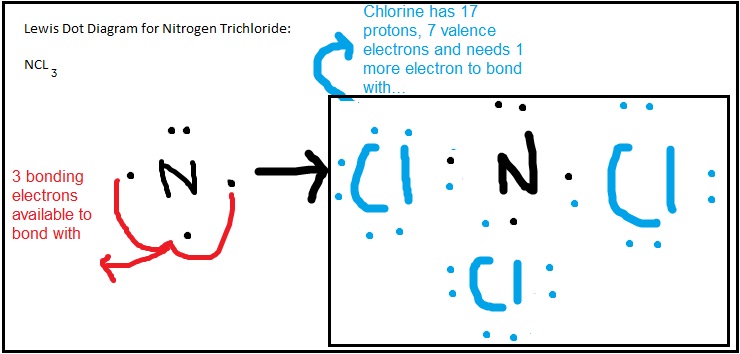 And that’s it! You’ve drawn an electron dot diagram.
And that’s it! You’ve drawn an electron dot diagram.
Summary of Main Points
So, to summarize, drawing an electron dot diagram involves writing the element symbol, determining the number of valence electrons, and drawing dots around the symbol to represent those electrons. While it may seem challenging at first, with practice, anyone can master this skill. Remember to always start with the element symbol and count valence electrons to ensure accuracy.
Personal Experience with Drawing Electron Dot Diagrams
Personally, I found drawing electron dot diagrams to be a fun and creative way to understand chemical bonding. It’s like playing connect-the-dots, but with atoms! When I first started learning about electron dot diagrams, I struggled with remembering the number of valence electrons for each element. But with practice and repetition, it became second nature to me. Now I can draw an electron dot diagram for any element without even thinking twice!
Going Deeper into the Topic
Let’s dive deeper into the topic of drawing electron dot diagrams. One important thing to remember is that electron dot diagrams show only the valence electrons for an element. Valence electrons are the electrons in the outermost energy level of an atom, and they are the ones involved in chemical bonding. By showing only the valence electrons in a dot diagram, we can quickly determine how many bonds an atom can form and the shape of the resulting molecule.
 For example, let’s look at the electron dot diagram for methane (CH4). Carbon has four valence electrons, and each hydrogen has one valence electron. By drawing dots around the element symbols, we can see that carbon forms four covalent bonds with hydrogen, resulting in a tetrahedral molecule.
For example, let’s look at the electron dot diagram for methane (CH4). Carbon has four valence electrons, and each hydrogen has one valence electron. By drawing dots around the element symbols, we can see that carbon forms four covalent bonds with hydrogen, resulting in a tetrahedral molecule.
Exploring Molecular Shapes
Speaking of molecular shapes, electron dot diagrams are a useful tool for predicting the shape of molecules. By examining the dots around the element symbols, you can determine if a molecule is linear, bent, trigonal planar, tetrahedral, or any other shape. This information is important for understanding how molecules interact with each other and for predicting the reactivity of a molecule.
Applying the Knowledge
Now that you know how to draw an electron dot diagram and understand its applications, you can apply this knowledge to a variety of chemistry problems. For example, you can use electron dot diagrams to predict the formula and shape of a molecule, determine the polarity of a molecule, or even explain the behavior of atoms in a chemical reaction.
Question and Answer Section
Q: Why is it important to show only the valence electrons in an electron dot diagram?
A: Valence electrons are the electrons involved in chemical bonding and determine the reactivity of an element. By showing only the valence electrons in a dot diagram, we can quickly determine how many bonds an atom can form and the shape of the resulting molecule.
Q: How do you determine the number of valence electrons for an element?
A: The number of valence electrons for an element corresponds to its group number on the periodic table (except for transition metals). For example, elements in Group 1A have one valence electron, Group 2A elements have two valence electrons, and so on.
Q: What is the difference between a covalent bond and an ionic bond?
A: A covalent bond is a chemical bond in which atoms share valence electrons to form a molecule, while an ionic bond is a chemical bond in which one atom donates electrons to another atom to form an ion pair.
Q: Can you draw an electron dot diagram for sulfur (S)?
A: Yes, sulfur is in Group 6A, so it has six valence electrons. The electron dot diagram for sulfur would look like this:
 Conclusion of How to Draw an Electron Dot Diagram
Conclusion of How to Draw an Electron Dot Diagram
As you can see, drawing an electron dot diagram is not as daunting as it may seem. By following a few simple steps, anyone can master this skill and gain a deeper understanding of chemical bonding and reactions. Whether you’re a student preparing for a chemistry exam or simply curious about the world around you, electron dot diagrams are an essential tool for any aspiring chemist.
Gallery
A-Level Chemistry: 1.6.1c Draw Electron Configuration Diagrams Of
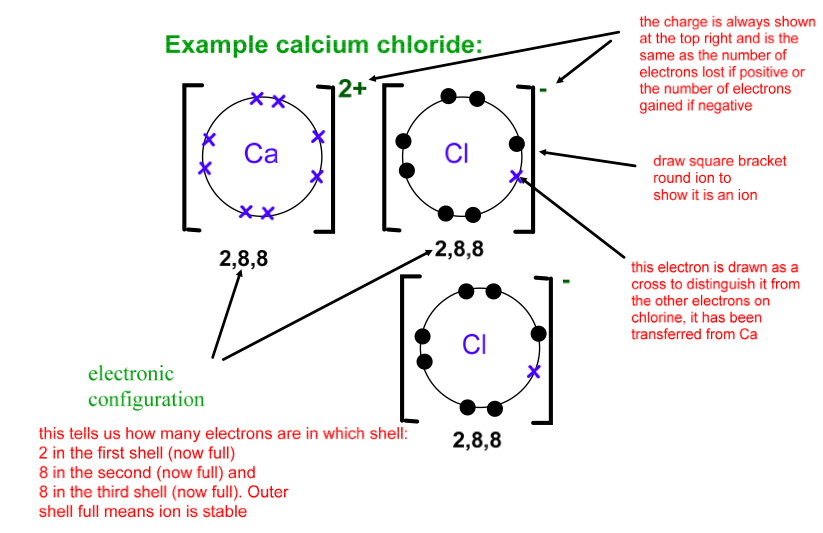
Photo Credit by: bing.com / electrons covalent configuration electron draw chemistry atom level bond dative cations anions diagrams simple bonds table dots ions using both
Draw The Electron Dot Structure Of CH4 - Brainly.in

Photo Credit by: bing.com / electron ch4 dot structure diagram draw covalent hydrogen question sharing atoms bonds
Draw An Electron Dot Diagram To Show The Structure Class 12 Chemistry CBSE
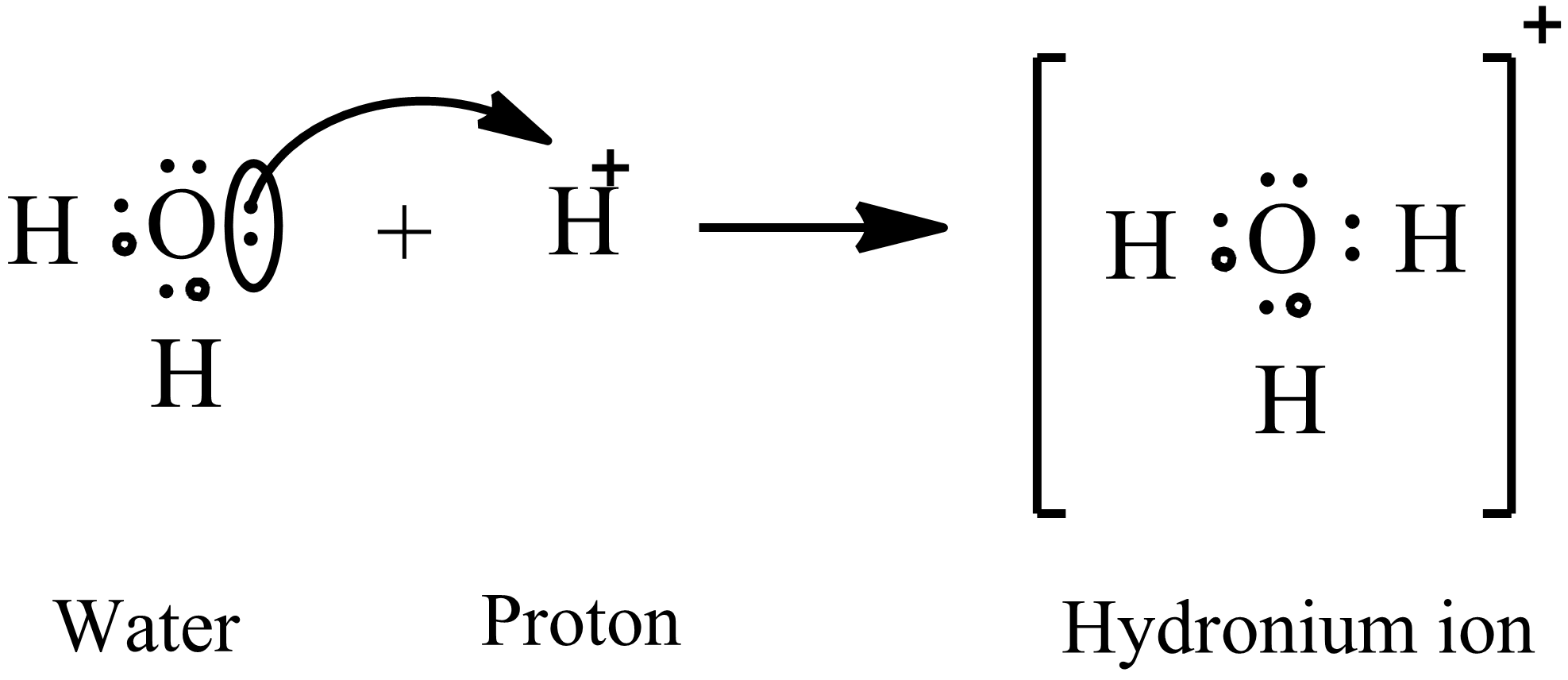
Photo Credit by: bing.com / electron ion hydronium ions protonation atom
Year 11 Misadventures: Electron Dot Diagrams
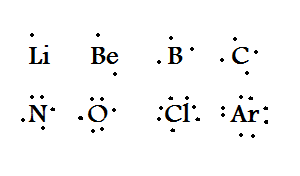
Photo Credit by: bing.com / dot electron diagrams element symbol dots simple electrons valence draw misadventures year
CHEMISTRY 11: ELECTRONIC STRUCTURE: DRAWING ELECTRON DOT DIAGRAMS

Photo Credit by: bing.com / dot structure electronic electron compound drawing diagrams 2010 november 1st chemistry


